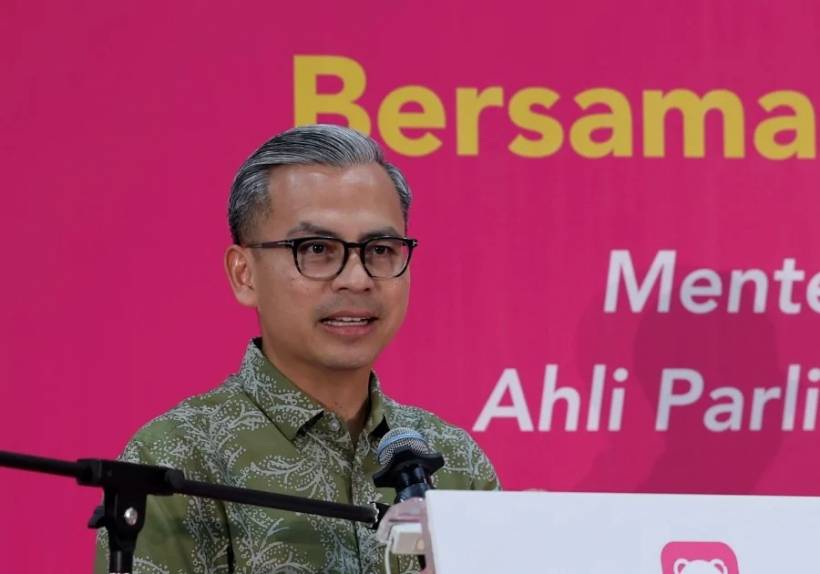Malaysia has made history as the first country to implement a six-way 4G multi-operator core network (MOCN) sharing agreement, according to Communications Minister Fahmi Fadzil. Signed in May last year, the agreement required time for telcos to build the necessary infrastructure for collaboration. Fahmi highlighted the project's success, led by the Malaysian Communications and Multimedia Commission (MCMC) as an industry pilot to promote shared network resources and infrastructure.
Communications Minister Fahmi Fadzil revealed that he had challenged the Malaysian Communications and Multimedia Commission (MCMC) and telcos to collaborate on a six-way 4G Multi-Operator Core Network (MOCN). This effort led to a memorandum of understanding signed in May last year in Kuala Kubu Bharu. Speaking at the launch of the Six-Way 4G MOCN Network Sharing and Infrastructure Guidelines and the opening of a telecommunications tower at Jalan Bukit Putus, Fahmi explained that the initiative aims to enhance connectivity, especially in underserved areas.
He credited telcos—Celcom, Digi, Maxis, U Mobile, TM, and YTL Communications—for their unprecedented collaboration, stating that Malaysia is the first country where competing operators established such a framework to improve internet access in rural and remote areas. The five initial locations for the six-way 4G MOCN are Ikon Tengkolok, Bukit Putus, and Kem Pengakap Bukit Putus in Negeri Sembilan, Prima Gambang in Pahang, the West Coast Expressway Kota Seri Langat Toll Plaza in Selangor, and Tanjung Asam in Penang.
Fahmi highlighted the project as a milestone in telco cooperation, allowing better management of connectivity issues and fostering improved services for users. He also urged stakeholders to address concerns about the negative effects of social media on children and advised caution against online scams. The MCMC clarified in a statement that the MOCN outlines principles and guidelines for network infrastructure sharing among Mobile Network Operators (MNOs), focusing on two methodologies:
Passive infrastructure sharing – sharing physical components like towers.
Active infrastructure sharing – sharing electronic components and signal processing to boost efficiency.
This integrated approach aims to optimize resources, accelerate high-quality 4G services, and improve coverage in areas such as highways, universities, hospitals, event venues, tourist spots, stadiums, and security installations. The guidelines aim to maximize infrastructure-sharing benefits for the public.






Comments